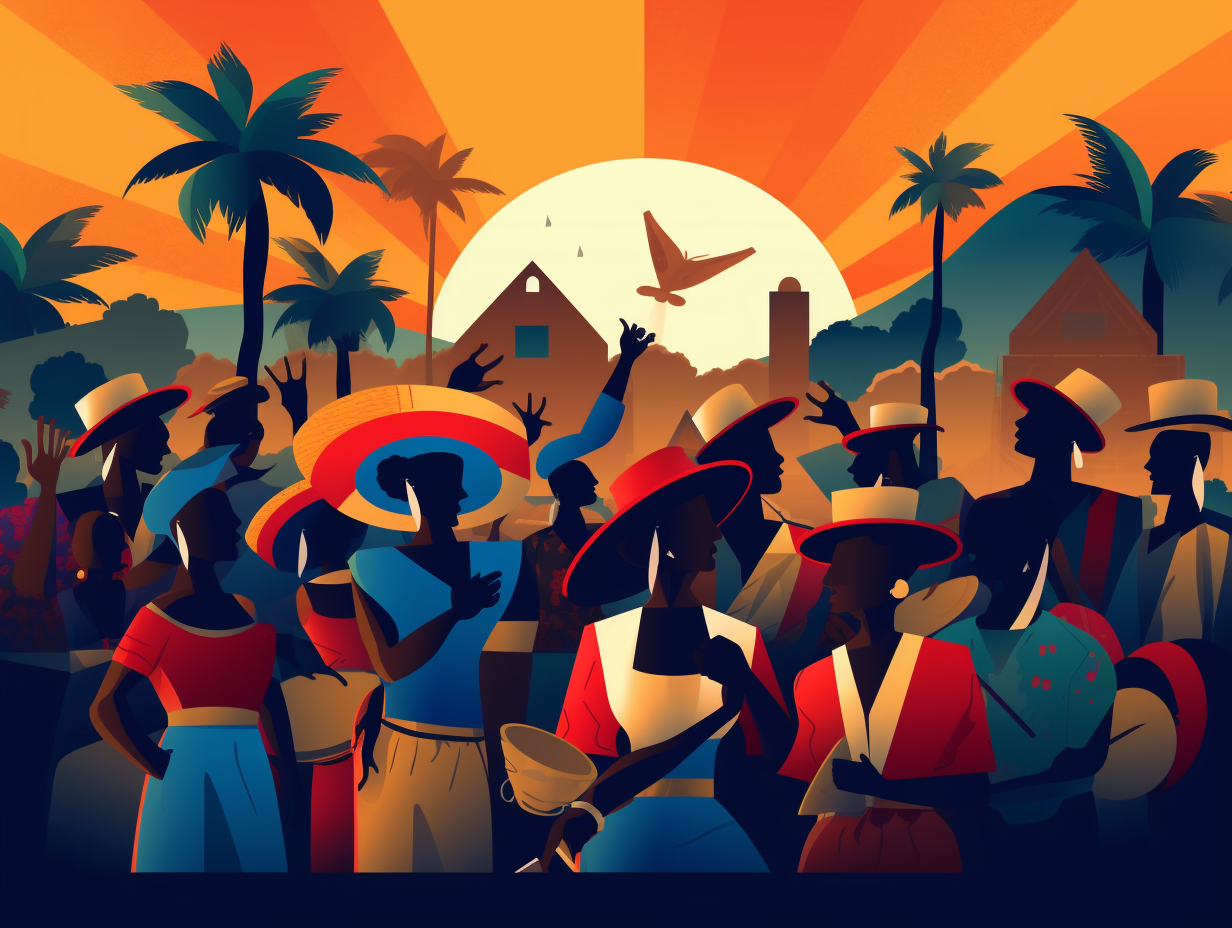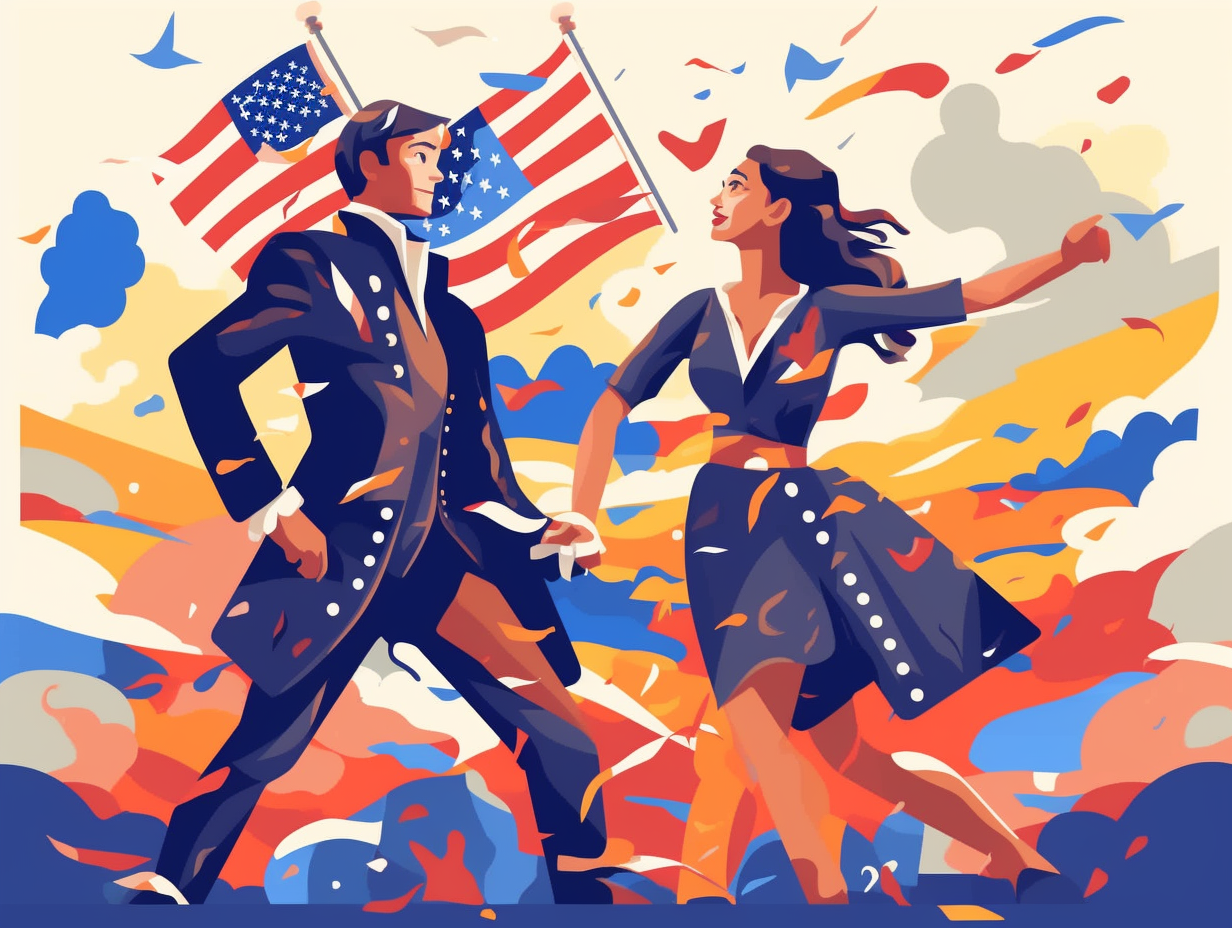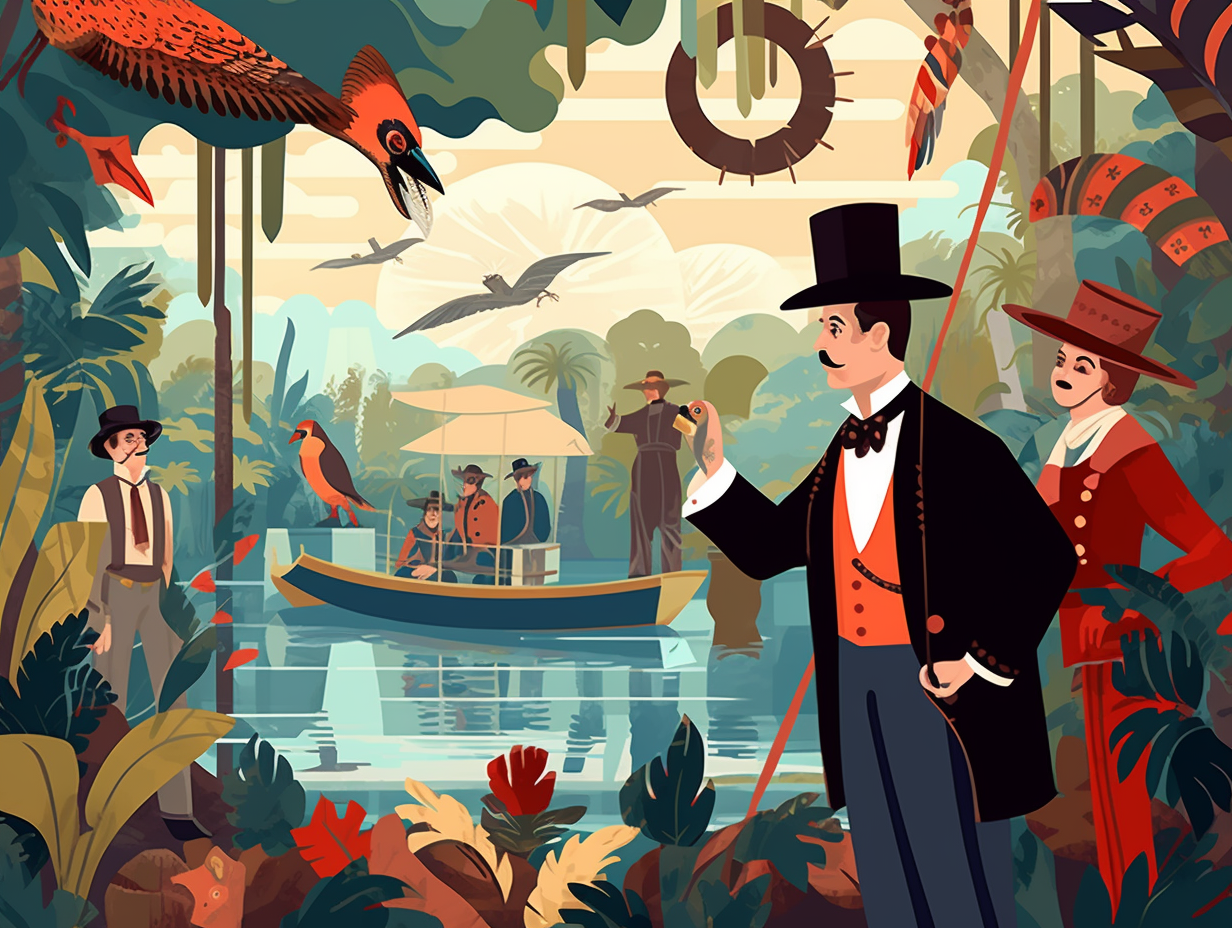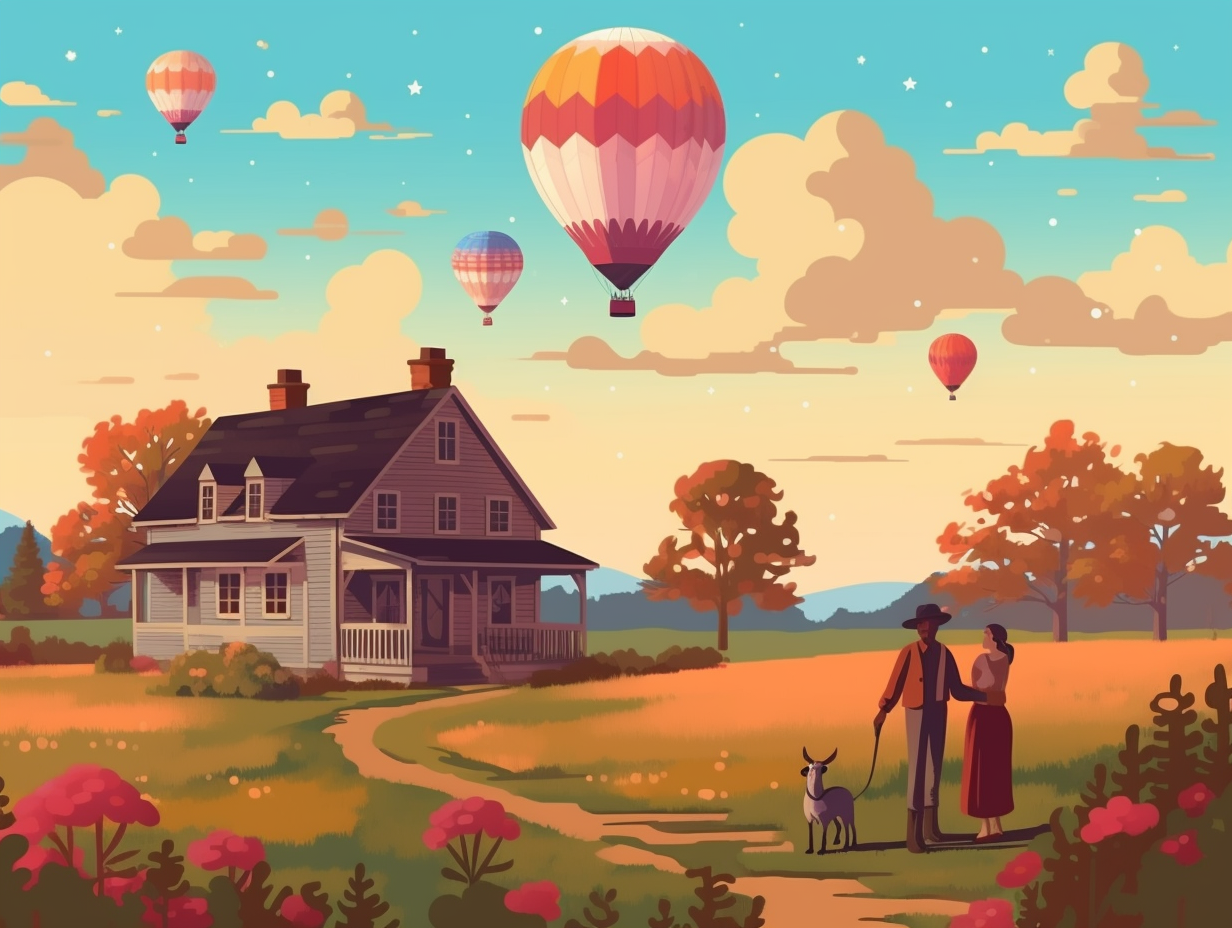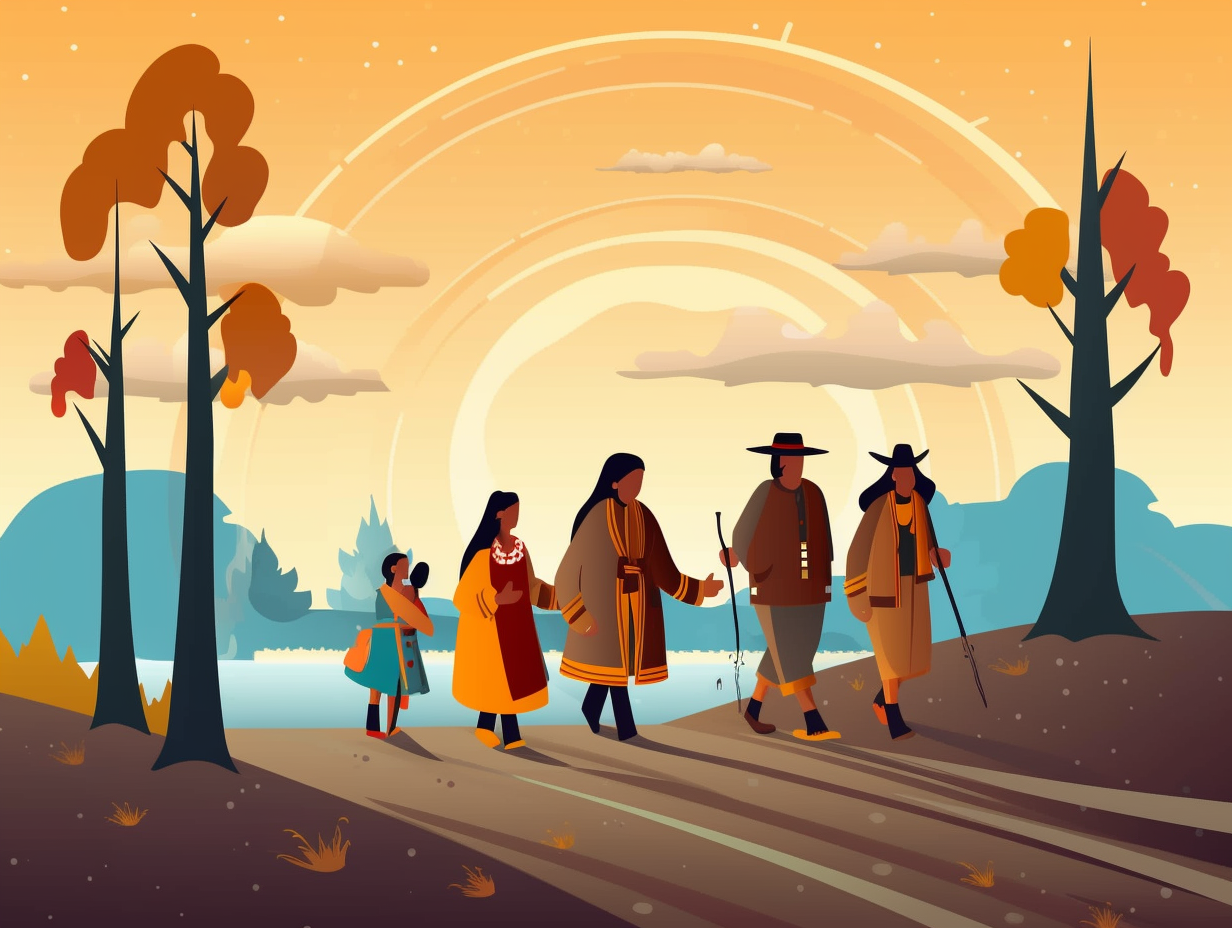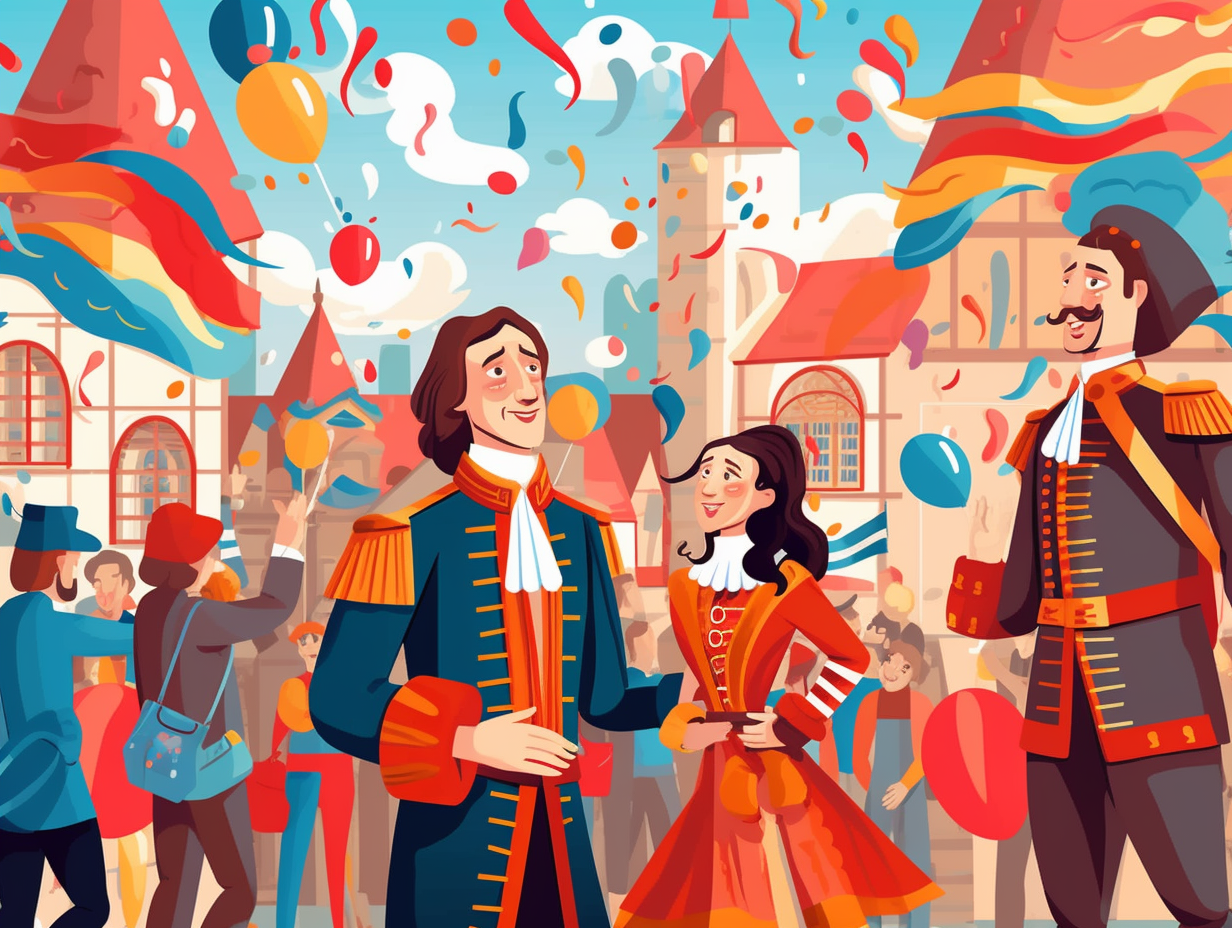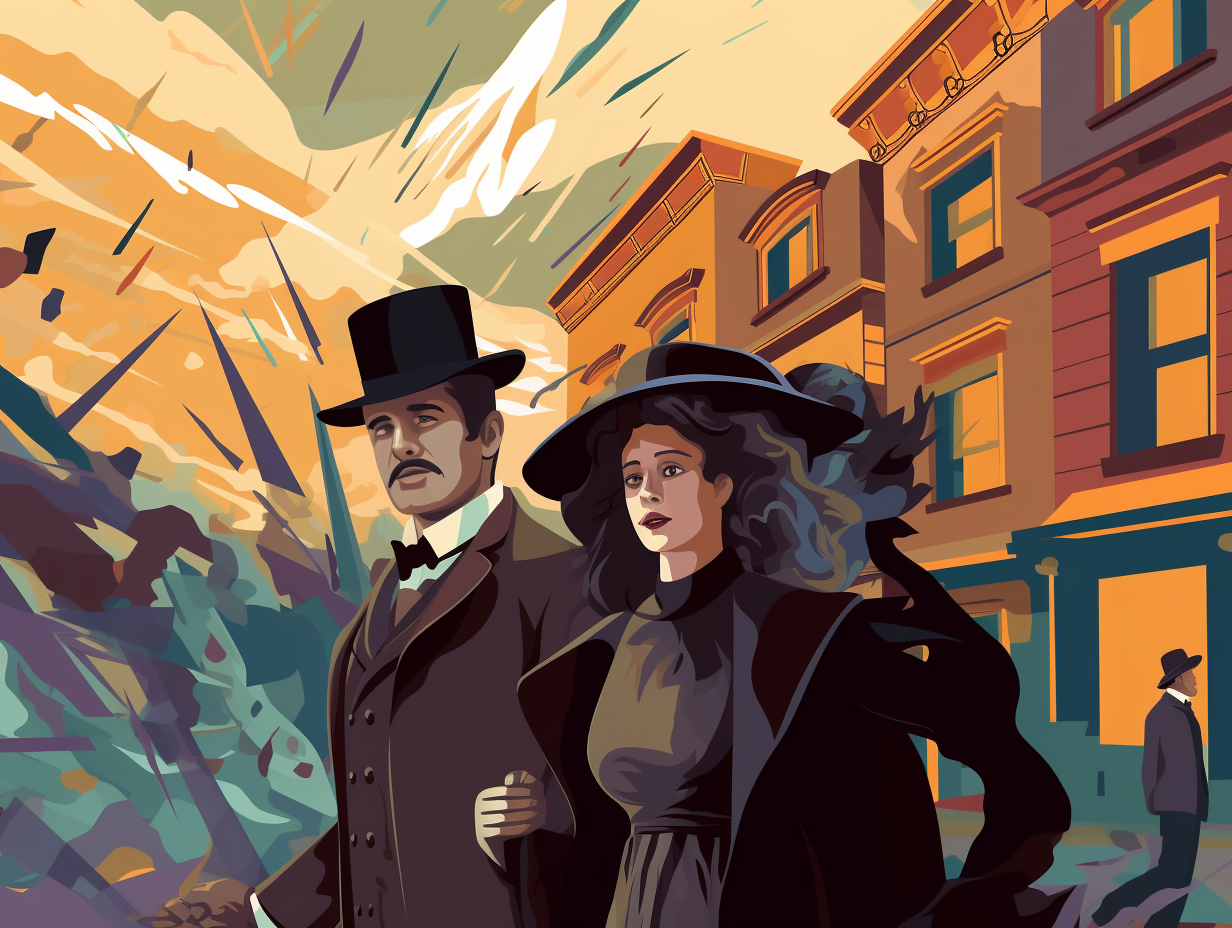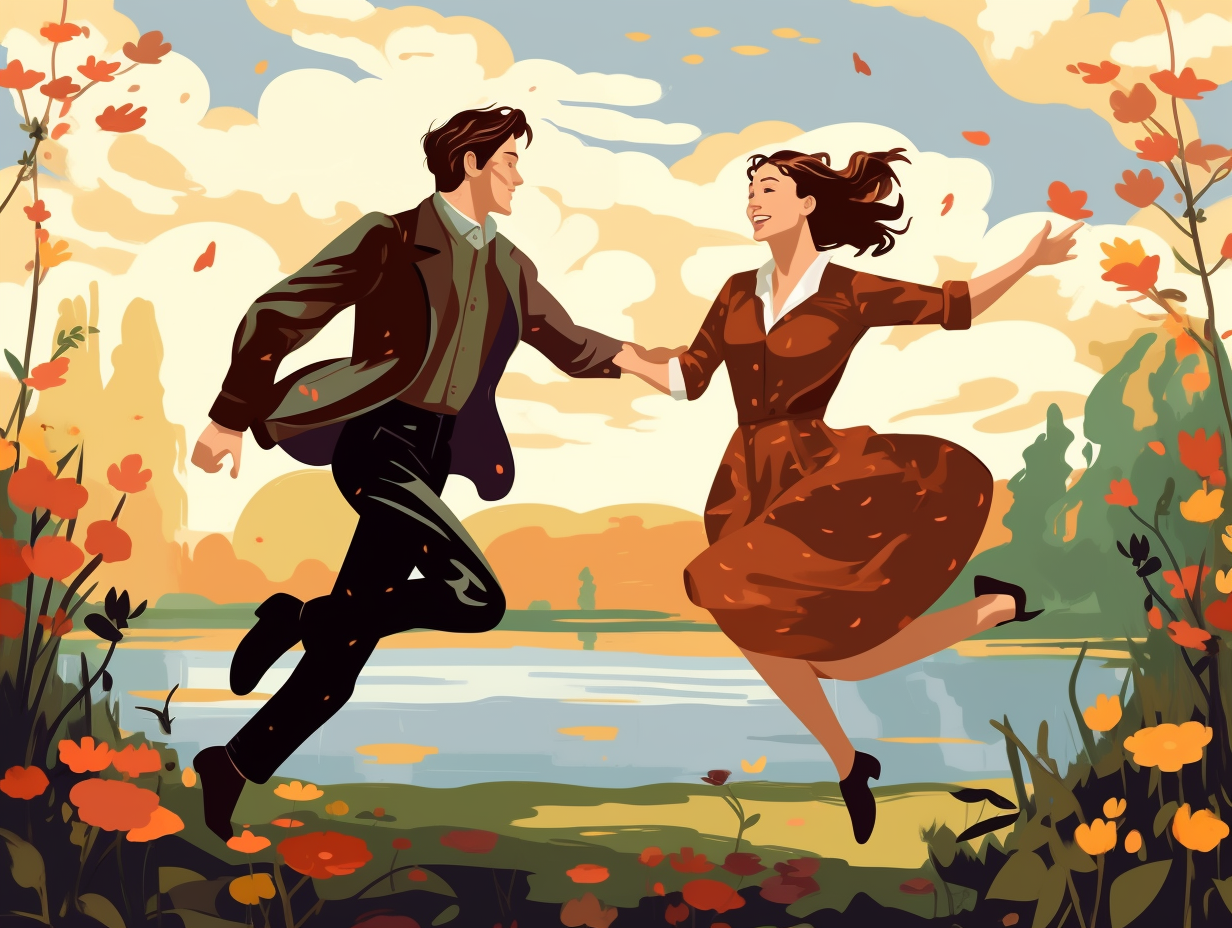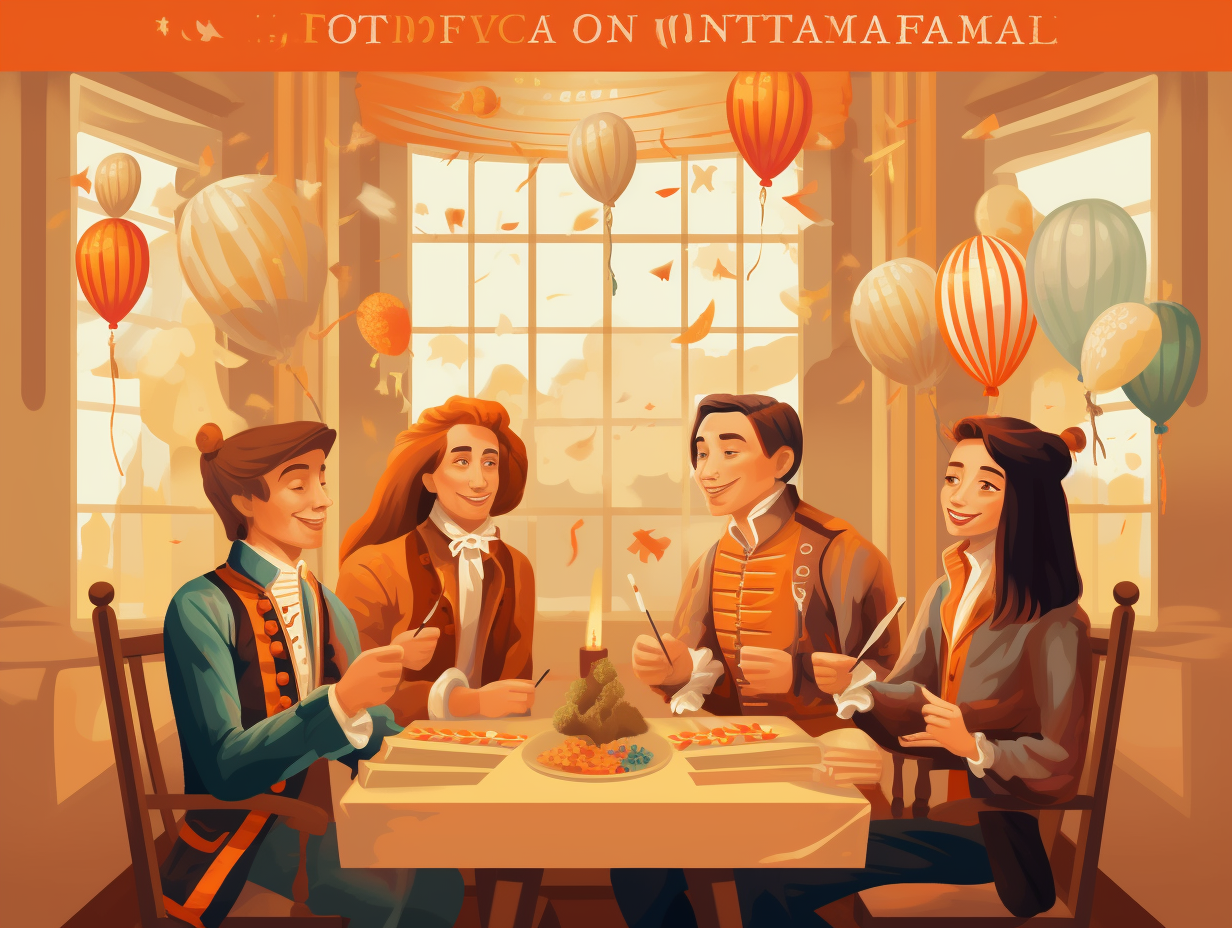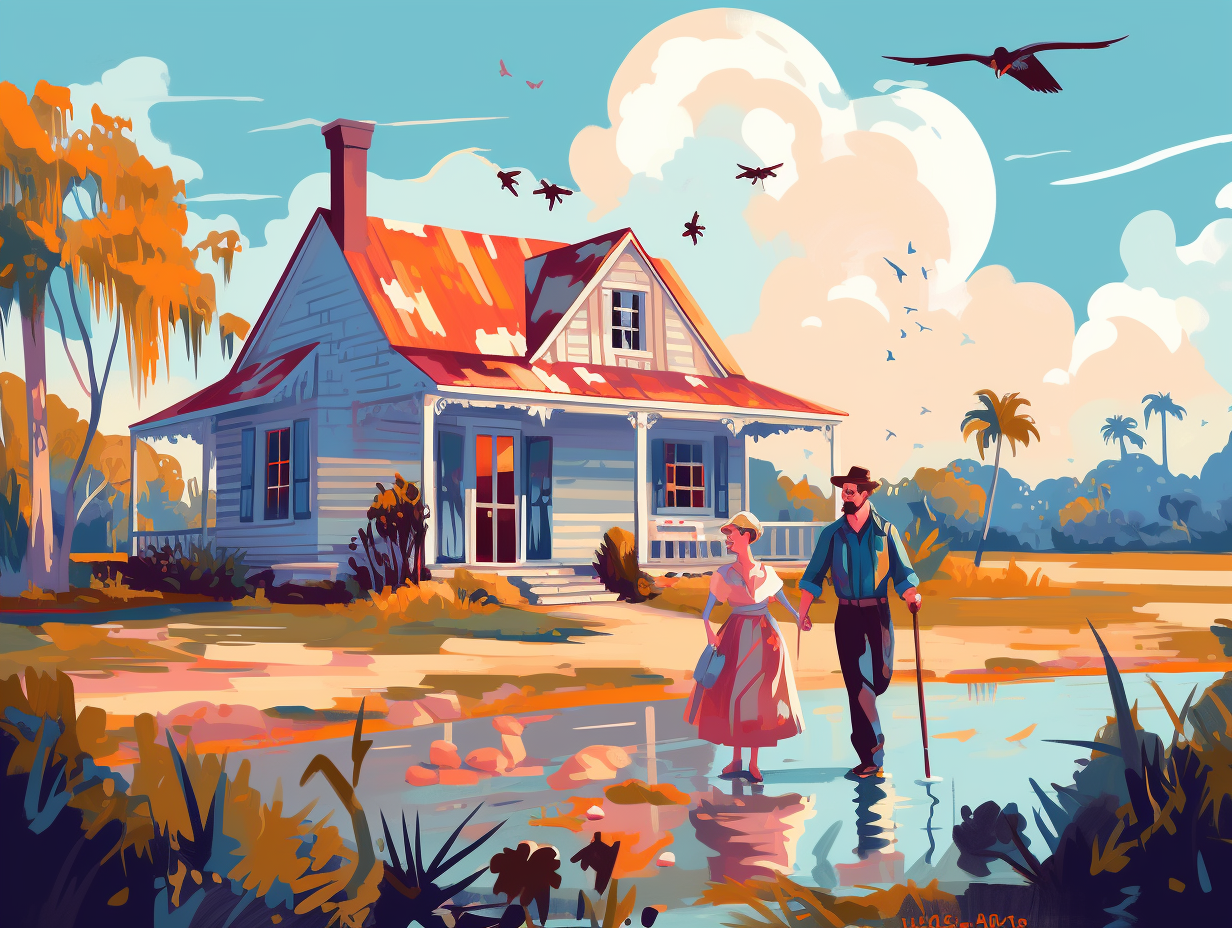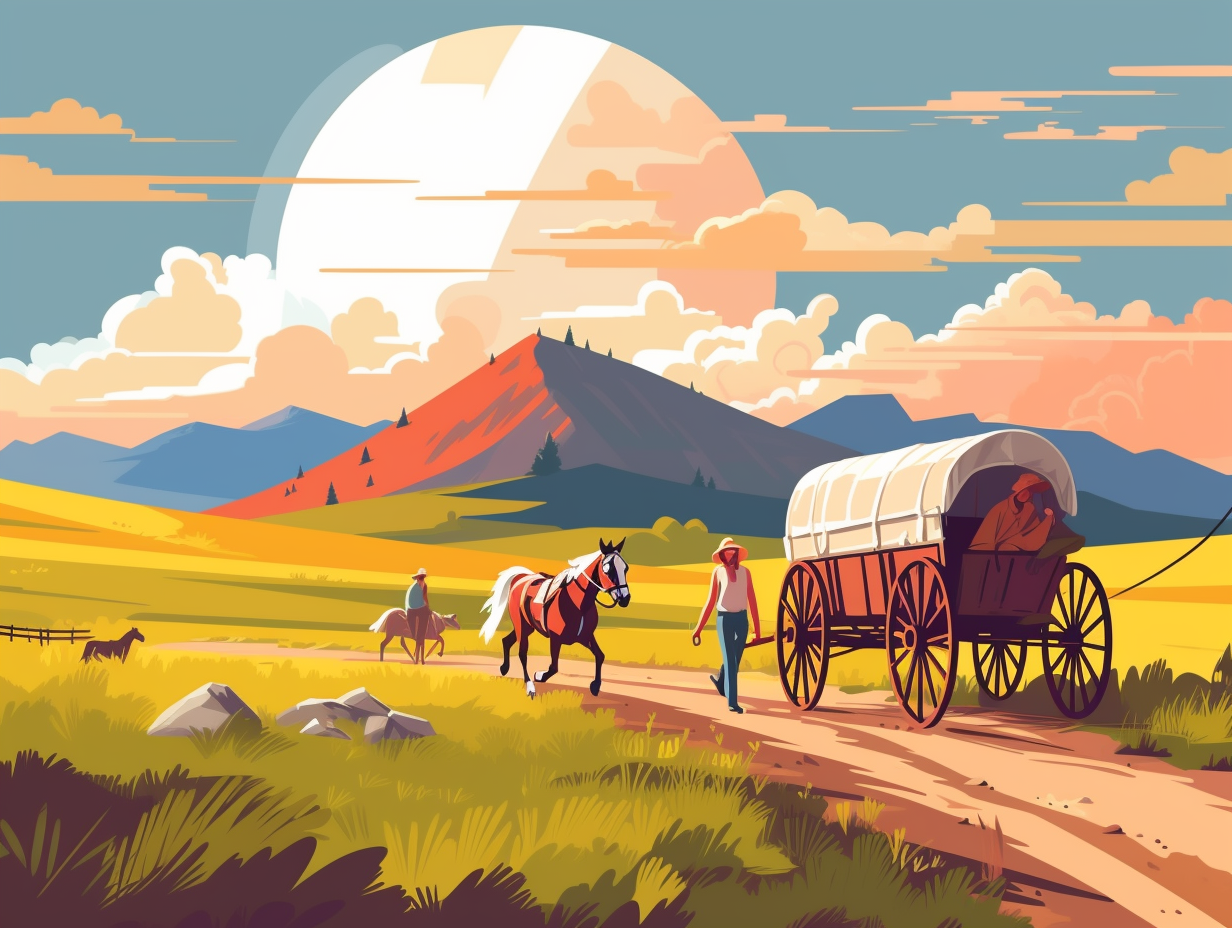10 Amazing Fun Facts About the Trans-Saharan Trade Route You Never Knew
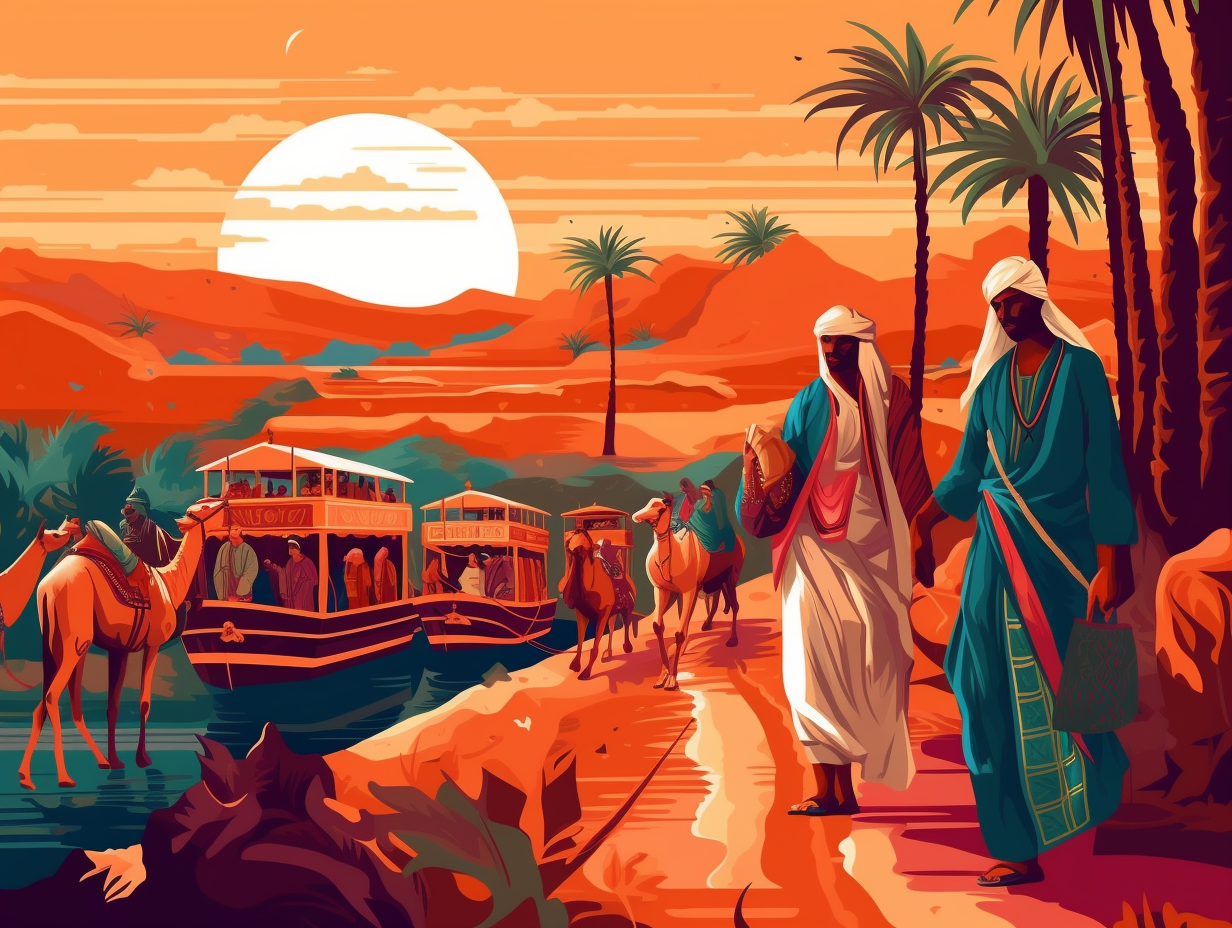
1. Camels: The Desert's OG Haulers
Camels were the OG haulers of the desert, boasting abilities that put today's transport trucks to shame and offering all-inclusive camel meal plans: venom protection and bandit evasion not included: These remarkable creatures could carry up to 240 kg of goods, far outstripping the 60 kg capacity of horses, donkeys, and mules. Their prowess also included an adaptability to severe desert conditions, even clocking days without a single drop of water. However, no Camel Express shipment could be complete without a network of oases to provide rest and resupply, giving rise to the treachery of venomous wildlife and opportunistic banditry threatening their precious cargo.
Source => worldhistory.org
2. Trans-Saharan Cultural Cocktail Party
You might think the Trans-Saharan Trade Route was just a casual camel-walk in the desert, but it turned out to be quite the cultural cocktail party: This ancient highway of sand facilitated the exchange of not only goods, but ideas like the Arabic writing system and Islam, effectively blending North and West Africa into a flavorful fusion of shared beliefs and traditions.
Source => en.wikipedia.org
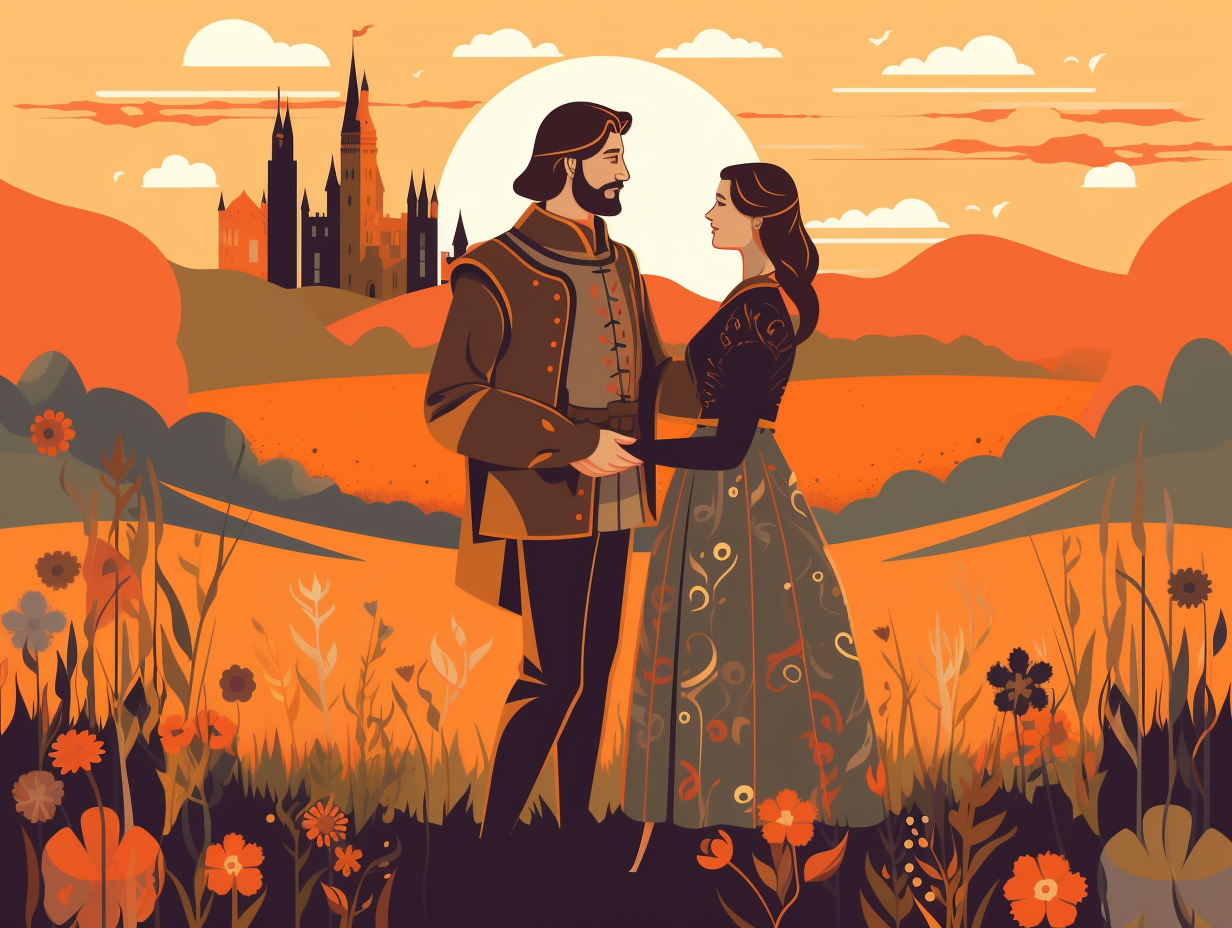
Did you know that a shocking 50% of children in the Middle Ages didn't survive to adulthood? Discover the reasons behind this and how our modern world has significantly improved these odds! 💀👼📉
=> Fun Facts about The-Middle-Ages
3. Shopping Spree with a Dark Side
Get ready for the shopping trip of the century – destination: the Trans-Saharan Trade Route! A bustling mart where items like gold, ivory, and books were swapped for some truly Insta-worthy souvenirs: Hold on to your Aladdin pants, because we're talking about a serious case of "I got 99 problems, but a slave ain't one": The Trans-Saharan Trade Route was actually infamous for the exchange of slaves, who were captured as prisoners of war by West African traders and then sold to Muslim traders in North Africa.
Source => discoveringbristol.org.uk
4. Camel Coachella: Sahara Edition
You'd think camels wanted in on some ancient desert-themed Coachella, schlepping their way across the Sahara with bells and (sometimes literal) whistles: The Trans-Saharan Trade Route actually saw caravans of up to 12,000 camels, guided by knowledgeable and highly-paid Berber folks, to navigate through perilous sands, hostile nomads, and scarce water sources, with oases acting as their life-saving backstage passes.
Source => en.wikipedia.org

5. Blue Man Group: Sahara Style
Blue Man Group: Sahara Edition – The Tuareg people, a desert-dwelling community, fancied themselves as indigo fashionistas, lounging in their daraa gowns and tagelmust turbans, which inadvertently transformed them into the "blue men of the Sahara": Little did they know, their iconic blue attire doubled as practical and functional wear, keeping them refreshed and protected from the sun and sandstorms during the bustling trans-Saharan trade days.
Source => bbc.com
6. Camels: Ancient Social Butterflies
Who knew camels were such incredible party animals? Always carrying the latest goods and endless gossip from town to town, these ancient social butterflies hosted quite the mobile soiree: The Trans-Saharan Trade Route not only transported precious goods but also facilitated the mingling of knowledge, ideas, and cultures, culminating in innovations like the prestigious Islamic universities of West Africa, such as the University of Timbuktu.
Source => studentsofhistory.com
7. Cowrie Shells: Ancient Trendy Currency
Shelling out for a shopping spree in ancient times wasn't quite the same: imagine paying for your new duds with actual shells! Turns out, cowrie shells served as coinage along the Trans-Saharan Trade Route: sourced from the Maldives in the Indian Ocean, they made their way to West Africa, jingling alongside other forms of money like coins, and even playing a central role in the transatlantic slave trade.
Source => americanhistory.si.edu
8. Noah's Ark, Camel Edition
Move over, Noah's Ark—the ancient camel brigade has come to town: Some of the merchant caravans that traversed the perilous trans-Saharan trade route boasted an astounding 10,000 camels, making sure goods got delivered safely through the unforgiving desert.
Source => thothios.com
9. United Nations of Turbans
Move over, United Nations of Benetton – the Trans-Saharan Trade Route was the original melting pot of cultures, tongues, and funky turbans! Hassaniya may have been the Trader Joe's of languages, but it was no passport to the party: The serious reveal: This North African trade route welcomed Jews, Muslims, and women who not only financed expeditions but also owned property, breaking the mold and forging a diverse and inclusive economic powerhouse guided by the shared principles of Maliki religious law.
Source => networks.h-net.org
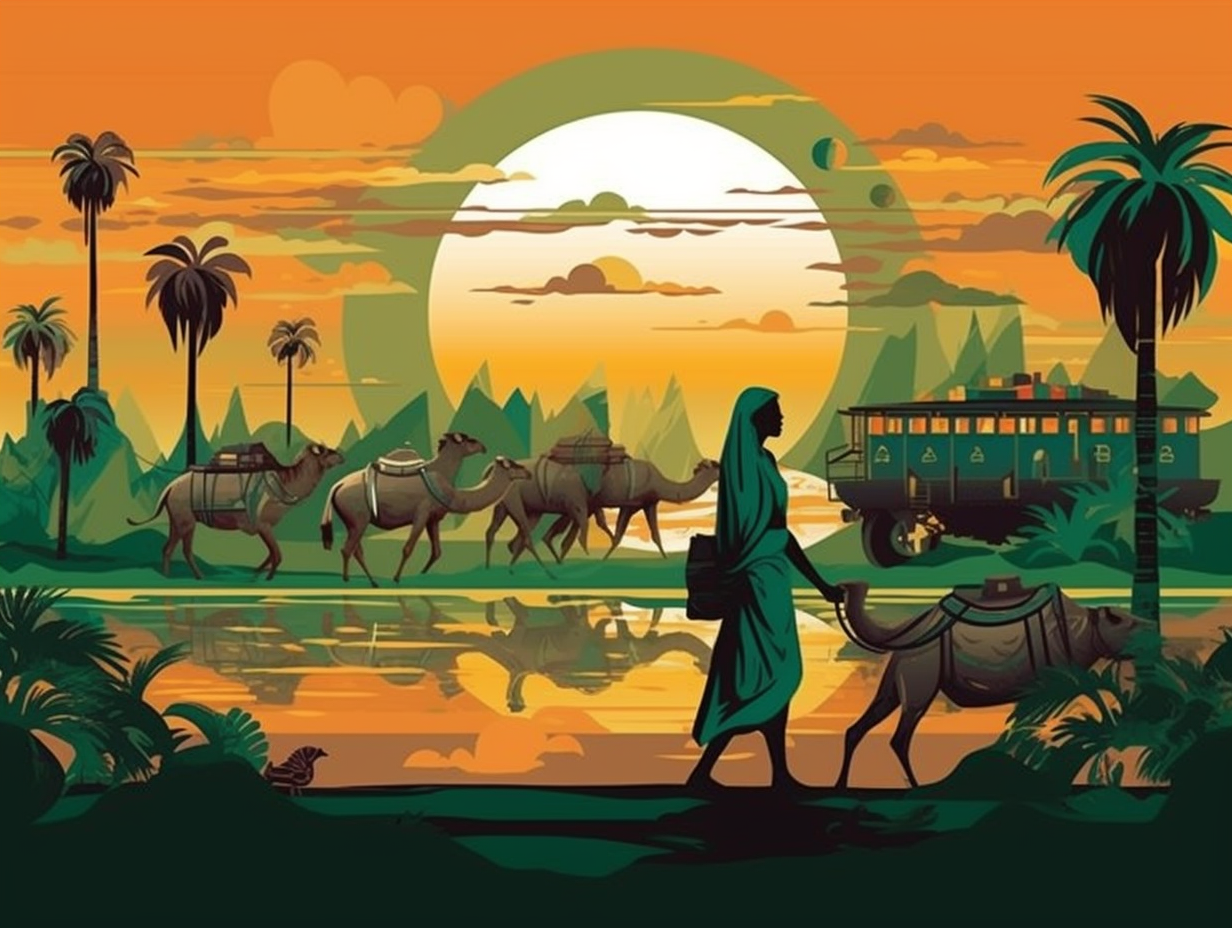
10. Camels: Amazon Prime's Ancestors
When camels became the original "Amazon Prime" delivery animals: The Trans-Saharan trade route saw caravans of up to 10,000 camels, organized and controlled by the Tuareg people, transport a smorgasbord of goods like gold, slaves, and salt across the vast desert, shaping commerce and culture for centuries to come.
Source => en.wikipedia.org
Related Fun Facts

